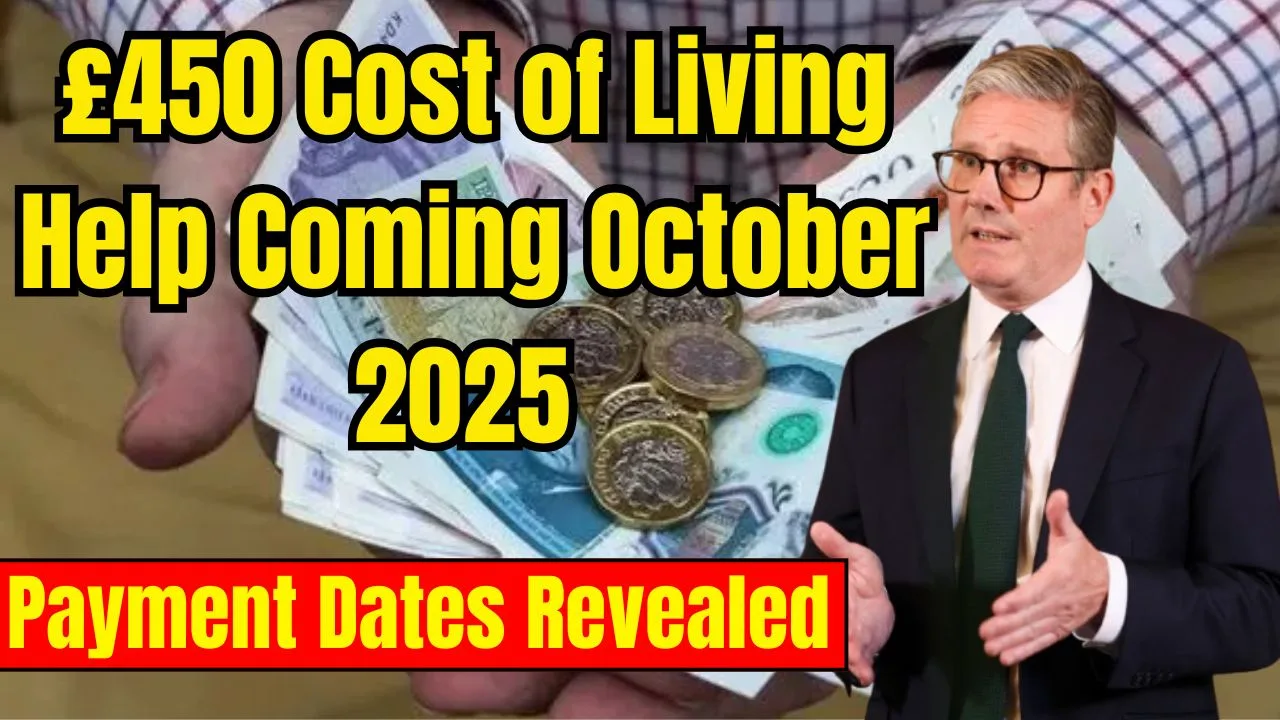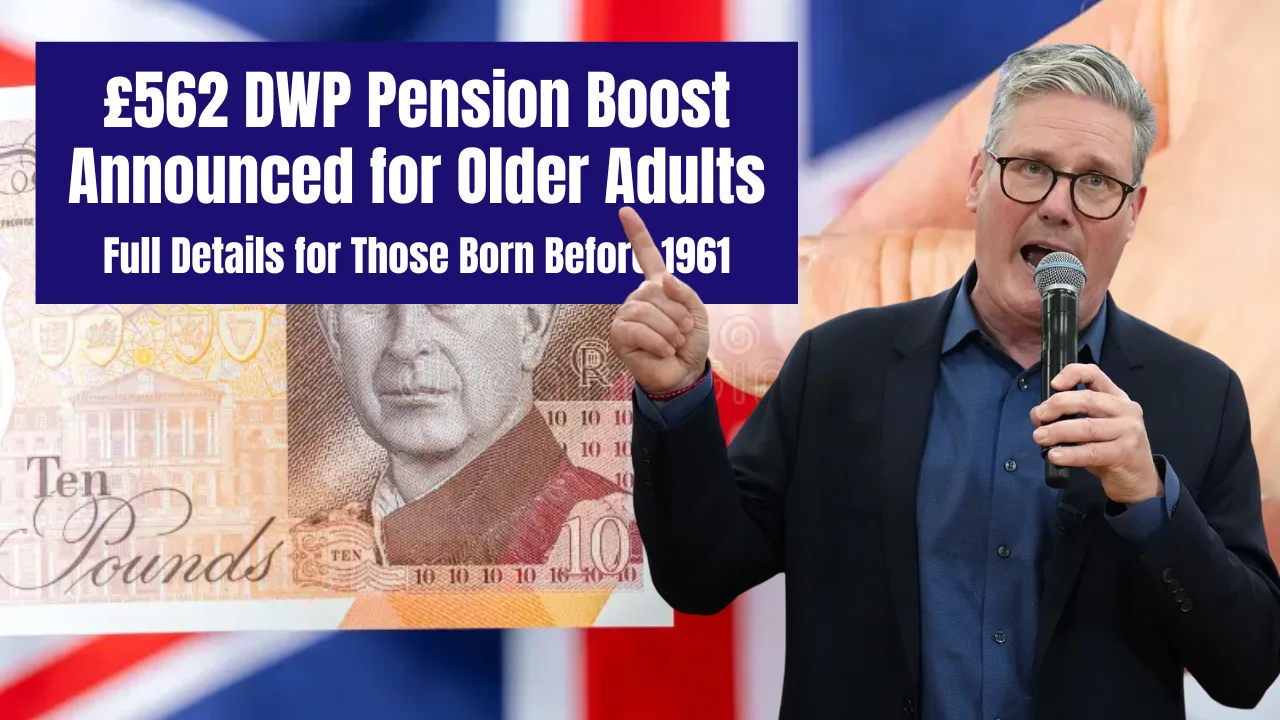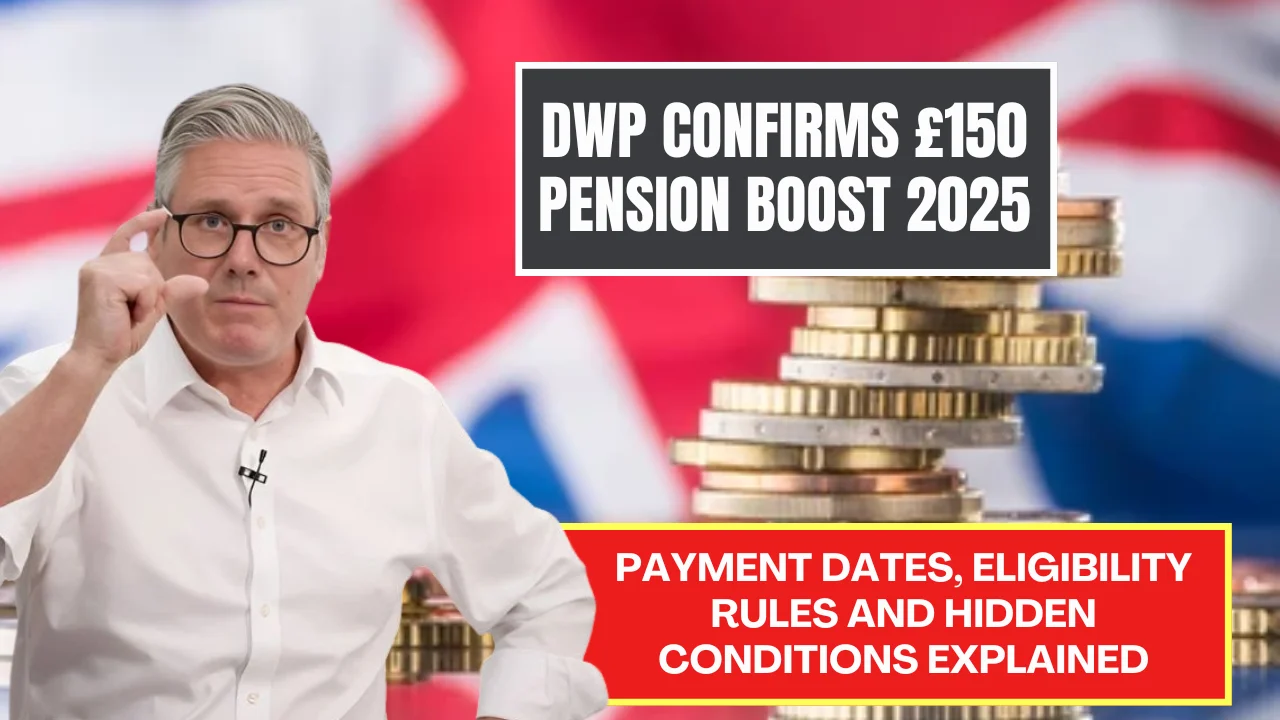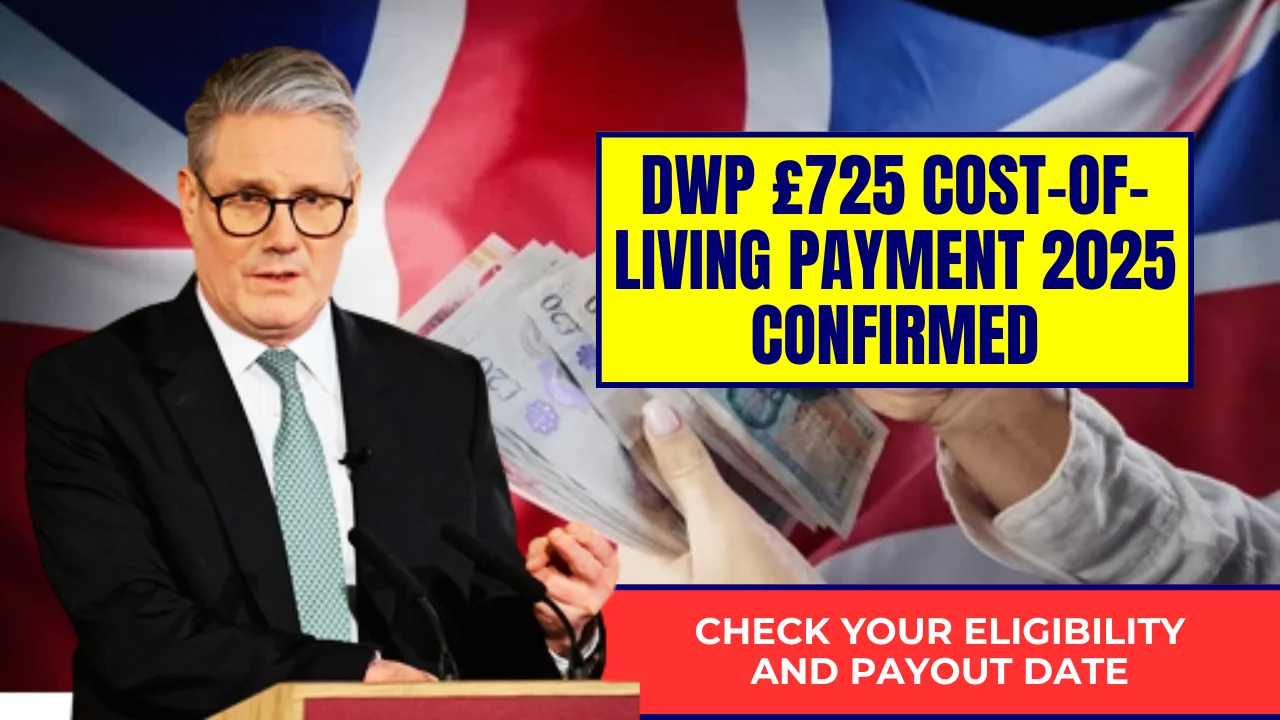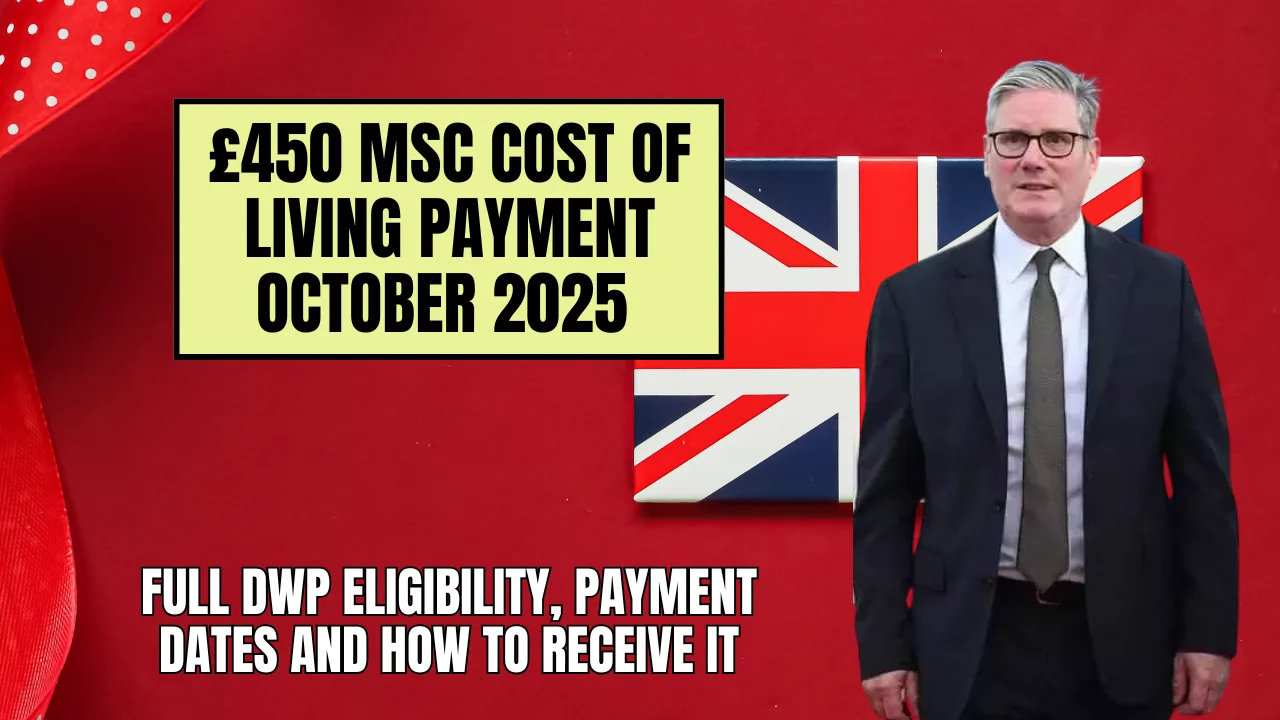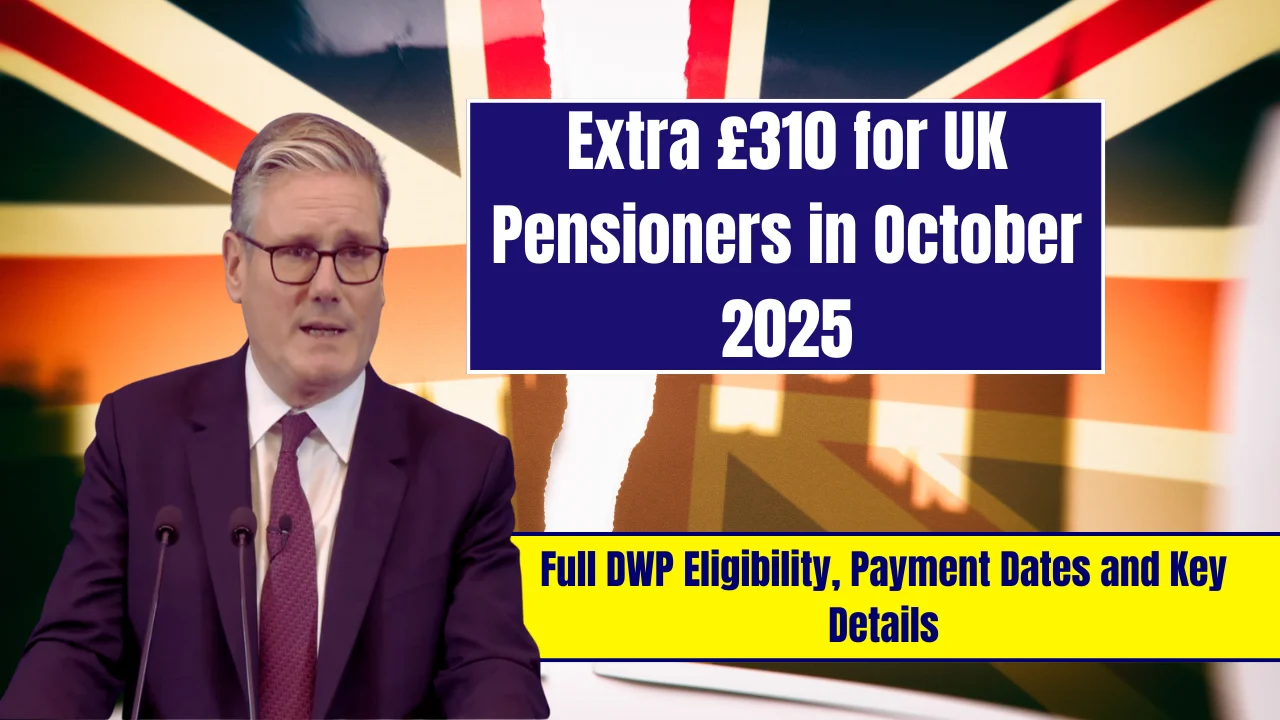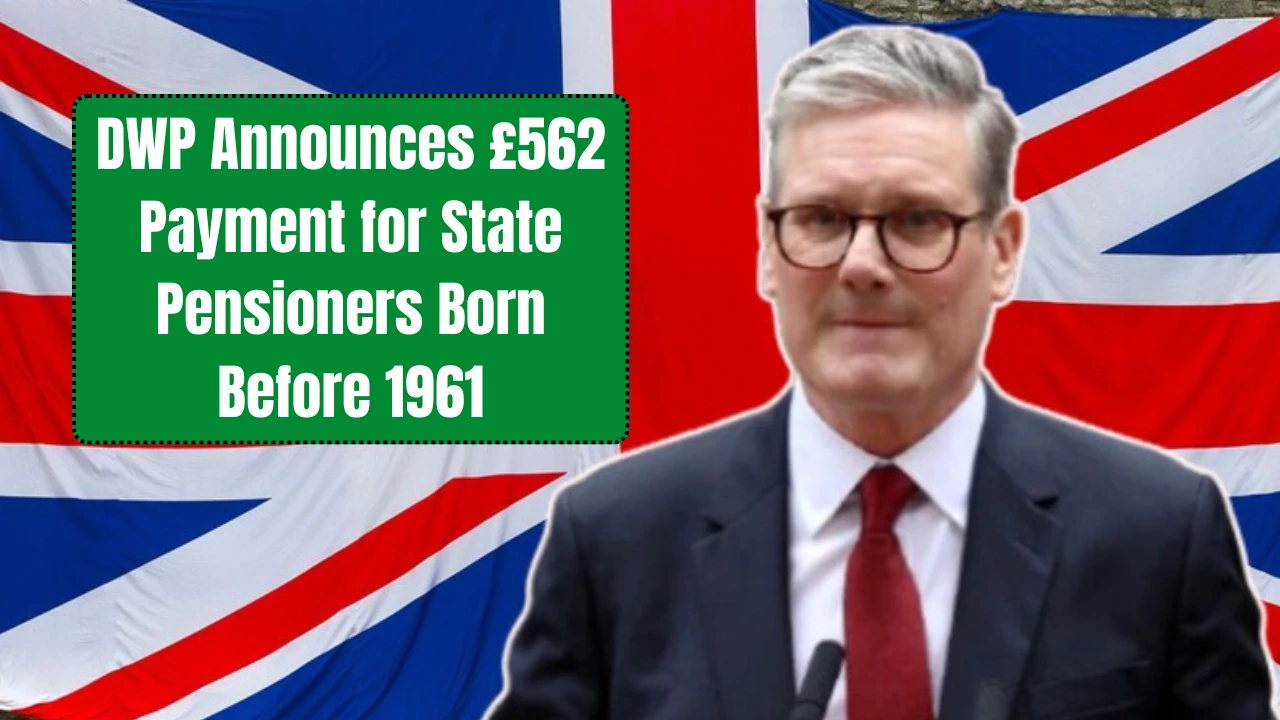If you’re worrying about rising costs and how to make ends meet, you’re not alone. This October 2025, the government plans to roll out a new support measure: £450 Cost of Living Help. It’s meant to ease the burden on households already stretched by inflation, energy bills, and everyday expenses.
The £450 Cost of Living Help is a one‑off payment set to reach eligible people automatically you won’t need to apply. But knowing who qualifies, when the payment lands, and what to do if it doesn’t arrive will help you get it smoothly. In this post, I’ll walk you through all the essentials, from eligibility to timing and what to watch out for.
Why the £450 Cost of Living Help Matters Right Now
As inflation continues to impact basic living expenses, the £450 Cost of Living Help is a timely measure for many struggling families. This one-time payment provides a financial cushion against rising prices in food, energy, rent, and other essentials. It’s particularly important for those on a fixed income, like pensioners or individuals receiving income-based benefits. With many already cutting back on basic needs, this help can make the difference between getting by or falling further behind. Understanding how it works and whether you qualify ensures you don’t miss out on the support available to you this October.
£450 Cost of Living Help: Key Details and What You Should Know
Here’s a clear table summarising the main points about the £450 Cost of Living Help:
| Topic | What You Should Know |
| Amount | £450 (one‑time) |
| Payment Window | Starting October 2025 (dates will be staggered) |
| Who Qualifies | People receiving means‑tested benefits like Universal Credit, Pension Credit, Income Support, ESA (income‑related), JSA (income‑based), and some tax credits |
| Application | None needed payments are automatic |
| How It’s Paid | Via bank transfer, often labelled something like “DWP COLP” |
| What If It Doesn’t Arrive | Contact DWP with benefit details and bank info |
Eligibility: Who Can Get the £450 Cost of Living Help
To receive this support, you must be on one or more qualifying benefits during the eligibility assessment period. The usual list includes:
- Universal Credit
- Pension Credit
- Income Support
- Income‑related ESA
- Income‑based JSA
- Certain Working Tax Credit or Child Tax Credit recipients
If you only receive “new style” ESA or “new style” JSA (without other qualifying benefits), you might not qualify. The good news is, you do not have to apply if your benefits match the criteria, the payment should arrive automatically.
Make sure your benefit records, bank account details, and contact information are up to date. If anything has changed (address, bank, etc.), update DWP promptly to prevent delays.
Payment Timing: When Will the Money Arrive?
Though the government hasn’t confirmed every date yet, the £450 Cost of Living Help payments are expected to begin rolling out in October 2025 and may spread over several weeks.
You’ll likely see the money land in your bank account with a reference like “DWP COLP” along with your National Insurance number or other identifier. If several weeks pass and you haven’t received anything, reach out to DWP with proof that you were eligible and confirm your bank details.
How to Ensure You Receive the Payment Smoothly
Even though the system is designed for automatic payments, here’s how to make sure nothing blocks yours:
- Double-check your benefit status and you must be receiving a qualifying benefit.
- Confirm your bank account details are accurate in your benefit account.
- Notify DWP of changes to address, name, or account changes must be updated.
- Monitor your statements and look for “DWP COLP” or similar descriptors.
- Act quickly if it’s missing contact DWP, provide your benefit evidence, and ask for resolution.
Other Support Available Alongside the £450 Payment
This October rollout of £450 Cost of Living Help isn’t the only support on offer. It complements several other schemes and benefits designed to help with the rising cost pressures:
- State Pension and Benefit Payment Dates Regular pension and benefit payouts will continue on their typical cycles.
- Household Support Fund (HSF) Local councils may provide additional grants or vouchers for essential costs like food, utilities, or heating.
- Warm Home Discount Some households qualify for a discount on energy bills, often credited directly through their energy supplier.
Together, these help soften the blow of inflation and rising bills beyond just one lump sum.
What You Should Do Now
- Check whether you’re on one of the qualifying benefits.
- Update your personal and bank details with DWP to avoid delays.
- Watch your bank account from early October for the payment.
- If you don’t get it, contact DWP with your benefit information and bank details.
- Explore local support via your council (HSF) and energy discounts.
Final Thoughts
The arrival of £450 Cost of Living Help in October 2025 is a welcome boost for many households dealing with tight budgets and rising costs. If you take a few simple steps now checking eligibility, updating details, and staying alert you’re more likely to receive it smoothly and on time.
If you found this useful, feel free to share or comment, and I’m happy to help you with other benefit updates, energy rebates, or support schemes going forward.
FAQs
No. This payment is automatic for eligible people.
No. It is tax-free and should not reduce your existing benefits.
Update that information in your benefits account right away so the payment isn’t delayed.
Look for a bank deposit with a description like “DWP COLP” or something similar.
Contact DWP, share your benefit status and bank details, and ask them to look into it.
